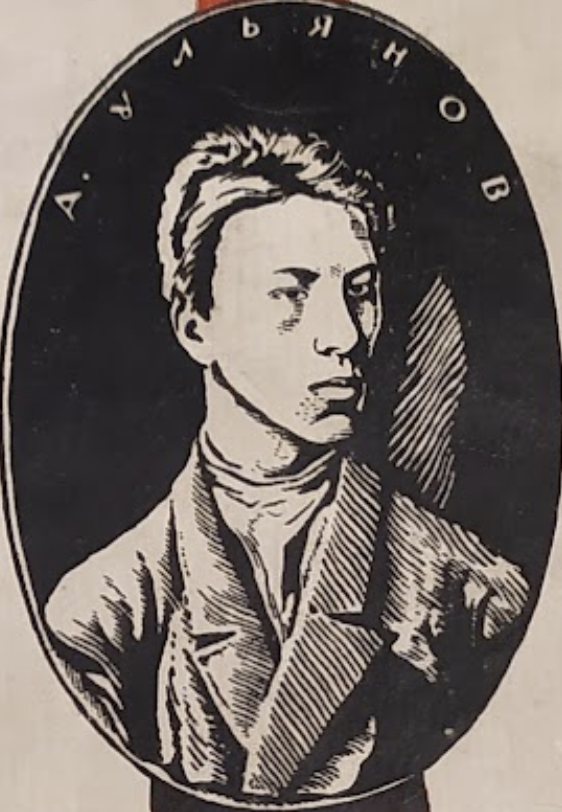`
In 1935, the Lenigrad branch of the Communist Party cracked down on Museum of Revolution. This was the result of a wave of repressions provoked by the murder of Sergei Kirov that affected the entire country. Infamous Moscow trials took place 1935-36, when which Bukharin, Zinoviev, Kamenev, Pyatakov and many other old Bolsheviks were humiliated and forced to repent. The GMR was closed for a while in order to rebuild the exhibitions so that they would match new ideological guidelines based on Stalin’s and his henchmen’s writings. Purges followed suit: people who worked at the Museum from the foundation, including the director Mikhail Kaplan and the author of major exhibitions about the tsarist system of prisons and exile, Alexandra Shakol (a former associate and a friend of Vera Figner), were simply kicked out the museum. The authorities also raised the issue of introducing additional control over excursions—for example, to oblige tour guides to present excursions to senior staff before actually dealing with museum visitors .
However, the museum—pretty much like all the other Soviet memory-associated institutions—could not keep up with the changes or did not have the financial and organizational capacity to fulfill all the resolutions, let alone to implement them in a timely manner. Even though new items were passed to the museum collection and ideologically “unfit” items removed from exhibitions, the personnel could not be alter completely—to fill the museum with party members only, especially reliable ones. This related to museum workers proper (working in collection and exhibition departments) as well as to technical staff. For many of employees—considering that the Museum housed over hundred people—this was “just a job.” Therefore, no ideological allegiance – and even more so, use of irony and “trolling” as the “weapon of the weak”
Below, are excerpts from archival documents illustrating the ironic attitude of some employees towards the new—Stalinist—conditions.
To the NKVD – from Gluskina, the secretary of the museum’s Party branch. Signed by Solodnikova, the deputy director of the GMR, and Levina, the deputy head of the Excursion Department. August 15, 1936.
While a group of foreigners was exiting the 1905 chamber, they encountered the museum’s fireguard – Anton Vikentievich Mineiko, born in 1867. The foreigners asked him if he had participated in the October Revolution, his earnings, and his living conditions in the USSR. Citizen Mineiko responded that he had not been a part of the October Revolution, and that he earns 150 rubles monthly, barely enough for bread and sugar. Regarding his life in the USSR, he said: “I used to serve dukes and counts, and I lived very well (mne zhilos’ ochen’ khorosho); now, if I were to tell you the whole truth, I would be put up against the wall.”
This was a denunciation to NKVD. What we see here is—to use contemporary parlance—is trolling. Having said that, the next epizode stands as an example of a trolling so intricate and refined that it well might be not. This is another report to NKVD. Two guards were engaged in a conversation that spiralled out of control due to political controversies.
The second night guard on duty, who was short in stature, asked me about the current situation in Spain. I explained to him that if we could eliminate the interference and armed support from German and Italian fascists, the Spanish people would be able to defeat the fascist rebels.
A taller guard on duty interjected, saying that my statement was one-sided. He claimed that in Spain, all the people are bloodthirsty, having fought against the Basques, and now they’re fighting amongst themselves. When I pointed out that fascists, not only in Spain but in other countries too, are orchestrating bloody massacres of workers, citing Germany as an example, he countered that the German people are cultured (v Germanii narod kul’turnyi). In response to my comments about the brutal torture and killings of working-class people by German fascists, including beheadings, he replied that war is a zero-sum game (na voine kto kogo pobedit). I attempted to explain to him the reasons behind these events, the essence of class struggle, and used the example of the workers’ shooting by the Tsarist regime on January 9, 1905, for a clearer illustration. He again accused me of being one-sided, claiming that in 1905, the workers instigated the violence by throwing stones and launching an attack, which he claimed to have witnessed. This, he said, was the sole reason for the troops opening fire. He speculated that Tsar Nikolay might not have been aware of this, as he was in Tsarskoye Selo at the time. He added that neither Nikolay nor Hitler personally killed workers; they employed others from the working class to do so. He also mentioned that Nikolayev assassinated Comrade Kirov, and figures like Zinoviev and Kamenev might have been unaware of it.
I believe we need to influence this person’s thinking (nad etim chelovekov nado porabotat’)… simultaneously, we should keep a close eye on him, lest the museum’s security be compromised.
In this passage, it is not so easy to understand whether the guard Pavlov wanted to make fun of the interlocutor—or spilled out his guts. Both options are possible. What, however, can be concluded is an argument in favor of those historians who saw in Stalinism a pile of absurdities, chaos, and unmanageability instead of a highly efficient totalitarian machine.
